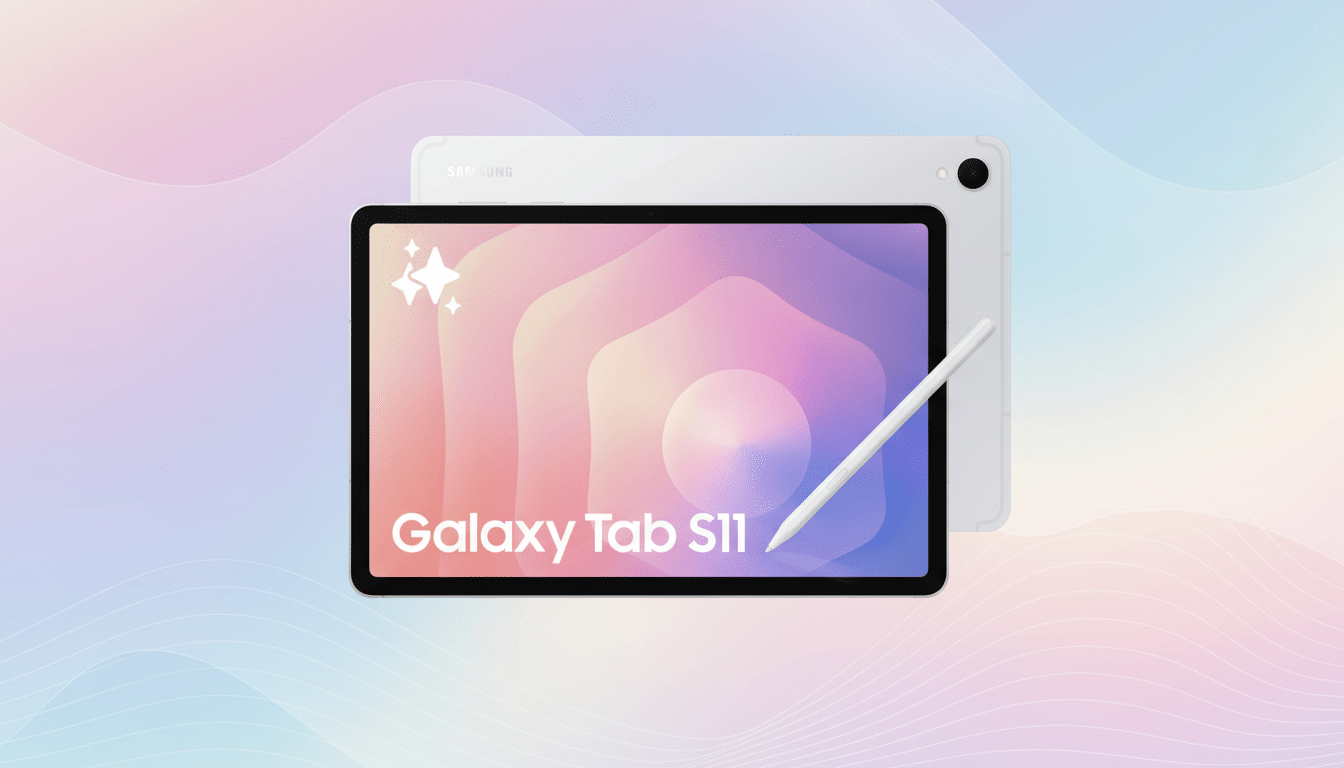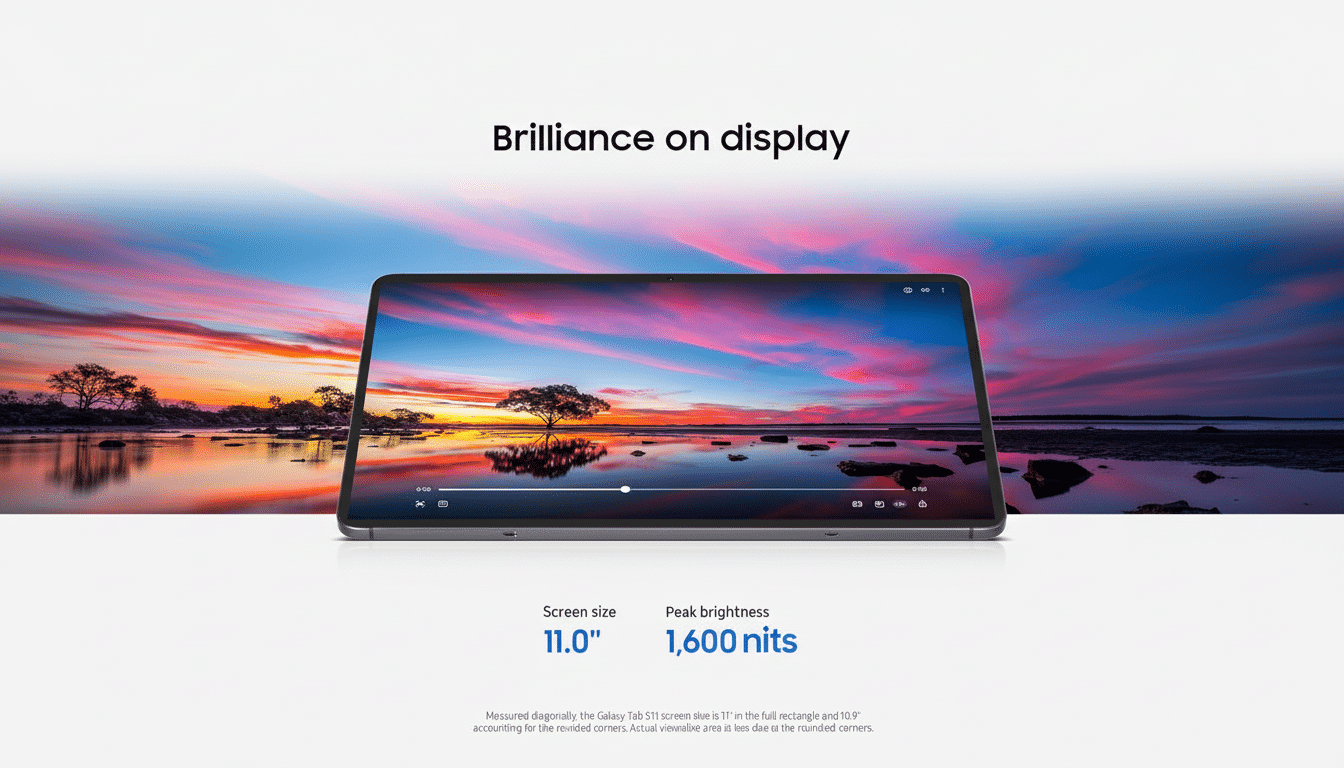Samsung’s Galaxy Tab S11 quietly ships with a Chrome capability you won’t find on any Pixel, including the Pixel Tablet. Flip a single setting in Google’s browser and your open tabs surface directly in Samsung’s Finder search inside One UI Home, turning the launcher into a fast, system-wide shortcut to what you were just browsing.
What the hidden Chrome integration on Galaxy tablets does
Chrome can share the titles and URLs of tabs you’ve had open in the last seven days with the operating system on select Galaxy tablets.

Two criteria are required for this feature to work:
- The device must be a tablet.
- The system must declare support for this auxiliary search pathway so One UI can index Chrome’s tab metadata.
Official documentation calls out the Galaxy Tab S10 series, and testing confirms it also works on the Galaxy Tab S11, creating parity with Samsung Internet’s long-standing Finder integration.
How to enable Finder and Chrome tabs integration on Galaxy Tab S11
- Open Chrome.
- Go to Settings > Advanced > Tabs and tab groups.
- Enable “Share titles and the URLs of open tabs from this device with the operating system.”
- Wait a few seconds for recent tabs to start showing up in Finder results.
A couple of pragmatic notes:
- Only tab titles and URLs are shared; no page contents.
- The window of eligible tabs goes back only seven days.
- You can turn off the toggle at any time to stop sharing.
- Incognito tabs are excluded.
- This is a lightweight, on-device index to help Finder guide you back to what you were up to; it is not a new type of browser sync.
In practice, it reduces friction. Search “refund policy” in Finder and you might find an open tab from a retailer’s site appear right in front of your emails or calendar events. Tap, and you’ll be back in that tab without scrounging your way through the browser UI. Making just a couple of those rescues every day can save multitasking split-screeners or Samsung DeX-livers precious minutes daily.

Why Pixel devices currently miss this Chrome-to-OS handoff
Pixels don’t surface Chrome tabs in their launcher like Samsung tabs do because the Pixel Launcher doesn’t hook into whatever Chrome-to-OS handoff this is. And, coincidentally, the Pixel Tablet doesn’t expose the auxiliary search Chrome is looking for. My most plausible theory is simply that Google built this method primarily for Samsung’s tabs to shrink the experience gap between Chrome and Samsung Internet in One UI. There, Samsung’s own browser already feeds Finder rich results like this.
The absence on Pixels is also notable given Chrome’s prominence. Based on StatCounter’s worldwide data usage, Chrome has considerably more than half of mobile browser use, so streamlined ability to pull up tabs is likely seen as a potentially high-impact tweak. Samsung is still the number two tablet vendor by shipments, according to IDC, accounting for about a fifth of the market in recent quarters — so it makes sense strategically for both companies to give Galaxy tablets an edge when it comes to productivity.
The decision to make the feature exclusive to pricier Galaxy Tab lines could be a matter of quality control. Being able to index and surface live browser state in a launcher search on my phone is cool, but the powerful Samsung flagships’ RAM+CPU headroom and bigger screens are where that sort of thing truly sings. Whether midrange Galaxy tablets will wind up getting flagged as compatible later is anyone’s guess.
A small feature that delivers a big daily workflow payoff
System-wide search that knows your current browser context is a small but useful enhancement at the same time. It cuts down on alt-tabbing, it’s a faster launch into research mode in sessions like this, and it shortens the loop between what you’re reading and what you’re launching next — particularly on a tablet where the browser often serves as an OS. It also offers a glimpse of where Android is going: more pervasive on-device indexing of personal data and smarter surfaces that bridge app silos.
For now, Galaxy Tab S11 users get a capability not even Google’s Pixels can match. Google could deliver this Chrome handoff to Pixel Launcher as well, and it would certainly be good for its tablet/foldable business. For now, Samsung’s tablets are quietly home to a real Chrome advantage that it won’t take power users—who see Finder and then the open tab before the browser itself has arrived—long to notice.

